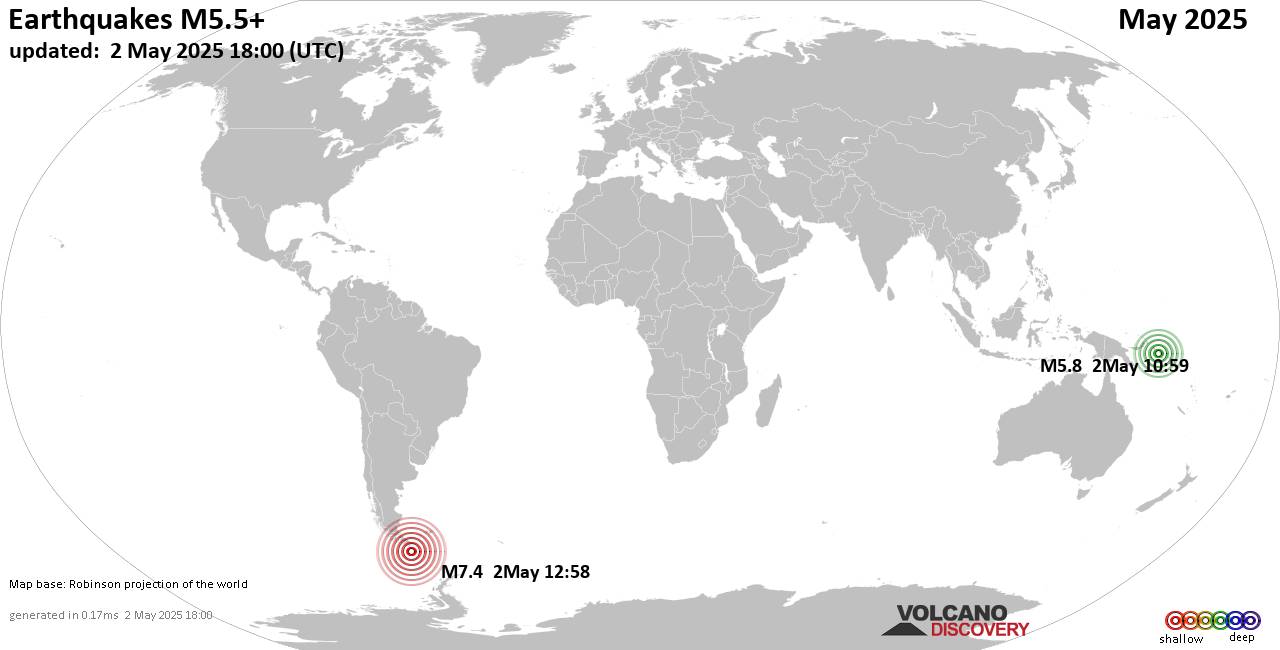RSS feed source: National Science Foundation
An interdisciplinary team of researchers funded by the U.S. National Science Foundation has created a teacher-driven curriculum called Shark AI. This optional online program introduces Florida middle school teachers and students to artificial intelligence through the science of paleontology. With Shark AI, science teachers learn how to incorporate AI and machine learning concepts into their classrooms to help their students build essential skills and prepare for 21st-century STEM careers.
“Most K-12 AI learning occurs with computer science standards and learning goals,” said Bruce MacFadden, University of Florida (UF) distinguished professor and principal investigator (PI) on the project. “Shark AI takes a novel approach by using AI to teach concepts that are connected to biology, paleontology and the nature of science, while at the same time connecting to computer science education goals as well,” he said.
RSS feed source: National Science Foundation
Tue, 13 May 2025, 18:20 | BY: EARTHQUAKEMONITOR
Worldwide earthquakes above magnitude 3 during the past 24 hours on 13 May 2025
Summary: 3 quakes 5.0+, 22 quakes 4.0+, 168 quakes 3.0+, 368 quakes 2.0+ (561 total)
This report is being updated every hour.
Magnitude 5+: 3 earthquakes
Magnitude 4+: 22 earthquakes
Magnitude 3+: 168 earthquakes
Magnitude 2+: 368 earthquakes
No quakes of magnitude 6 or higherTotal seismic energy estimate: 2.6 x 1013 joules (7.28 gigawatt hours, equivalent to 6262 tons of TNT or 0.4 atomic bombs!) | equivalent to ONE quake of magnitude 5.7 learn more10 largest earthquakes in the world (past 24 hours)#1: Mag 5.5 Philippine Sea, 214 km west of Chichijima Island, JapanWednesday, May 14, 2025, at 01:52 am (GMT +9) – #2: Mag 5.1 Central East Pacific RiseTuesday, May 13, 2025, at 07:32 am (GMT -7) – #3: Mag 5.1 Departamento de Gueer Aike, Santa Cruz Province, ArgentinaMonday, May 12, 2025, at 09:48 pm (Rio Gallegos time) – #4: Mag 4.9 Solomon Sea, 140 km southeast of Lolobau Island, Papua New GuineaTuesday, May 13, 2025, at 09:12 am (GMT +10) – #5: Mag 4.8 29 km west of Iwaki, Fukushima, JapanTuesday, May 13, 2025, at 10:37 am (GMT +9) – #6: Mag 4.7 93 km north of Akureyri, Northeast, IcelandTuesday, May 13, 2025, at 04:02 am (Reykjavik time) – #7: Mag 4.6 South Pacific Ocean, New
Click this link to continue reading the article on the source website.
RSS feed source: National Science Foundation
Support us – Help us upgrade our services! We truly love working to bring you the latest volcano and earthquake data from around the world. Maintaining our website and our free apps does require, however, considerable time and resources.
We need financing to increase hard- and software capacity as well as support our editor team. We’re aiming to achieve uninterrupted service wherever an earthquake or volcano eruption unfolds, and your donations can make it happen! Every donation will be highly appreciated. If you find the information useful and would like to support our team in integrating further features, write great content, and in upgrading our soft- and hardware, please make a donation (PayPal).
Planned features:
Improved multilanguage supportTsunami alertsFaster responsivenessThanks to your past donations, these features have been added recently:Design upgradeDetailed quake statsAdditional seismic data sourcesDownload and Upgrade the Volcanoes & Earthquakes app to get one of the fastest seismic and volcano alerts online:
Android | IOSThank you!
Click this link to continue reading the article on the source website.
RSS feed source: National Science Foundation
Time2025-05-13 16:52:35 UTC2025-05-13 16:52:35 UTC at epicenterLocation27.343°N 140.073°EDepth453.96 km (282.08 mi)
Click this link to continue reading the article on the source website.


